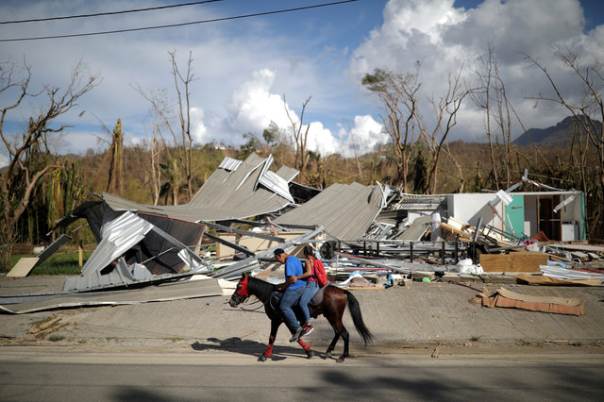Green New Deal: More Than Renewables
/A few weeks ago I was sitting in a café working on my laptop while wearing a Women in Cleantech and Sustainability t-shirt when a stranger approached. She said she worked in tech but didn’t like her job. She asked where Women in Cleantech and Sustainability met and how she could find a job in the space.
As someone who does sustainability consulting for a living I often meet people who would much rather work in sustainability than where they currently are. Unfortunately, there aren’t enough green jobs available for all the people who want to do this meaningful work. This may change soon.
Incoming House of Representatives freshman Alexandria Ocasio-Cortez makes headlines daily pushing for a #GreenNewDeal. Given the growing number of elected representatives publicly expressing support for the Green New Deal, there appears to be an appetite to create a far-reaching green jobs program with a similar scope to Roosevelt’s New Deal in the 1930s. Former Congressman Henry Waxman in a Dec. 19, 2018 article called ”What to Do Before the Green New Deal,” encourages us to think big and use the “mechanisms of government to build a cleaner economy” that “places green jobs and transformative innovation at its core.”
Specifics of the Green New Deal have not been spelled out yet, but much of the online discussion revolves around creating jobs in renewable energy. We need to broaden the scope of the Green New Deal beyond solar and wind to include other vital projects. In my upcoming book The Great Pivot: Creating Meaningful Work to Build a Sustainable Future, I outline 30 projects in the following five areas where we could be creating millions of green jobs.
1. Advanced energy communities - building communities that strive to meet zero net energy standards for the built environment and take full advantage of local renewable energy, demand response[1], Solar Emergency Microgrids[2], and electric vehicle charging infrastructure
2. Low-carbon mobility - transitioning from current carbon-intensive transport systems to a wider array of mobility options to move people and goods in a low-carbon way
3. Circular economy - keeping resources in use as long as possible, extracting the maximum value from them while in use, then recovering and regenerating products and materials at the end of each service life
4. Reducing food waste – preventing and diverting food waste given that 40% of the food the U.S. raises and grows is thrown away
Reverse Catering - Replate pickup of 37 trays of surplus prepared food
5. Restoring nature – restoring healthy forests and healthy waterways, rebuilding topsoil to sequester carbon, and restoring wildlife populations
There is so much work that needs to be done in these five areas, among others, to create a sustainable future where we live in balance with the environment that supports us.
The Green New Deal will be useful beyond addressing climate change, though. It also has the capacity to fix the crisis in the world of work. U.S. workers are more anxious than ever about the work world due to outsourcing, automation, and the gig economy. At the same time, there are 37 million people in the U.S. between the ages of 25 and 64 who are not in the labor force, according to the Bureau of Labor Statistics. We could be creating great middle class jobs to plant trees, retrofit homes for zero net energy, deliver surplus prepared food to homeless shelters, and install protected bike lanes, for example. These are jobs that cannot be outsourced or automated, and would provide a sense of purpose to the people doing these jobs.
Many people hunger for meaningful work whether recent graduates, mid-career, or close to retirement. Hannah J. graduated from the University of California San Diego in 2018 with a degree in Environmental Science and wants to do sustainability work. Alicia C. is in finance but wants to make a mid-career change to sustainable supply chain work. Steve S. just retired after a career in marketing and sales, and is excited about promoting electric vehicles. Too many people are not working or are stuck in jobs they do not like; meanwhile, there is important work that needs to be done in energy, transportation, the circular economy, reducing food waste, and restoring nature. The Green New Deal would connect these dots and give people a livelihood where they can make a difference. In the process of creating millions of green jobs we will not only save the planet, we may also end up saving ourselves.
The Great Pivot: Creating Meaningful Work to Build a Sustainable Future will be published as an e-book in January 2018. Check back at thegreatpivot.org for more information.
[1] Demand response describes a change in the power consumption of an electric utility customer to better match the demand for power with the supply.
[2] A solar emergency microgrid has three basic components: solar; energy storage; and monitoring, communications, and controls. These microgrids are designed to provide indefinite backup power for critical loads, like police and fire stations, emergency operations centers and shelters, and critical communications and water infrastructure.











